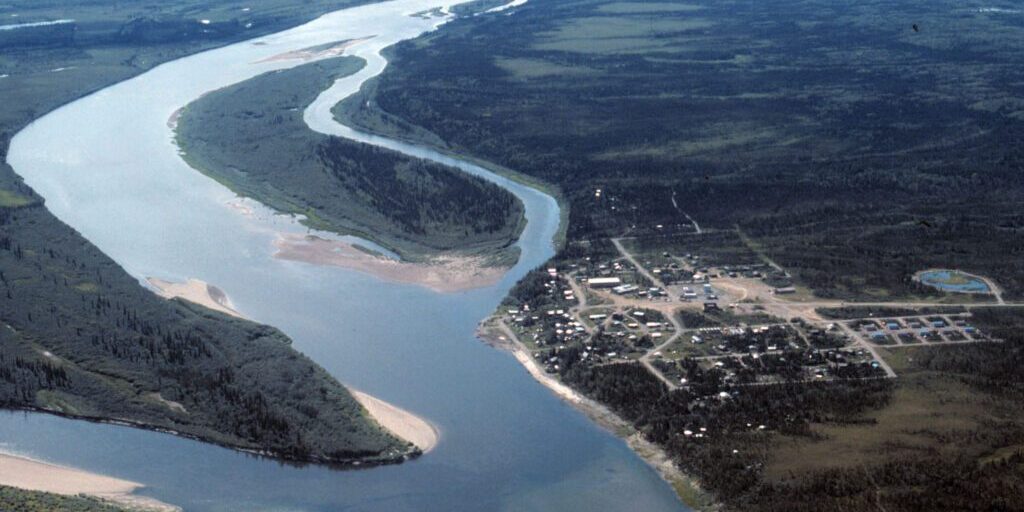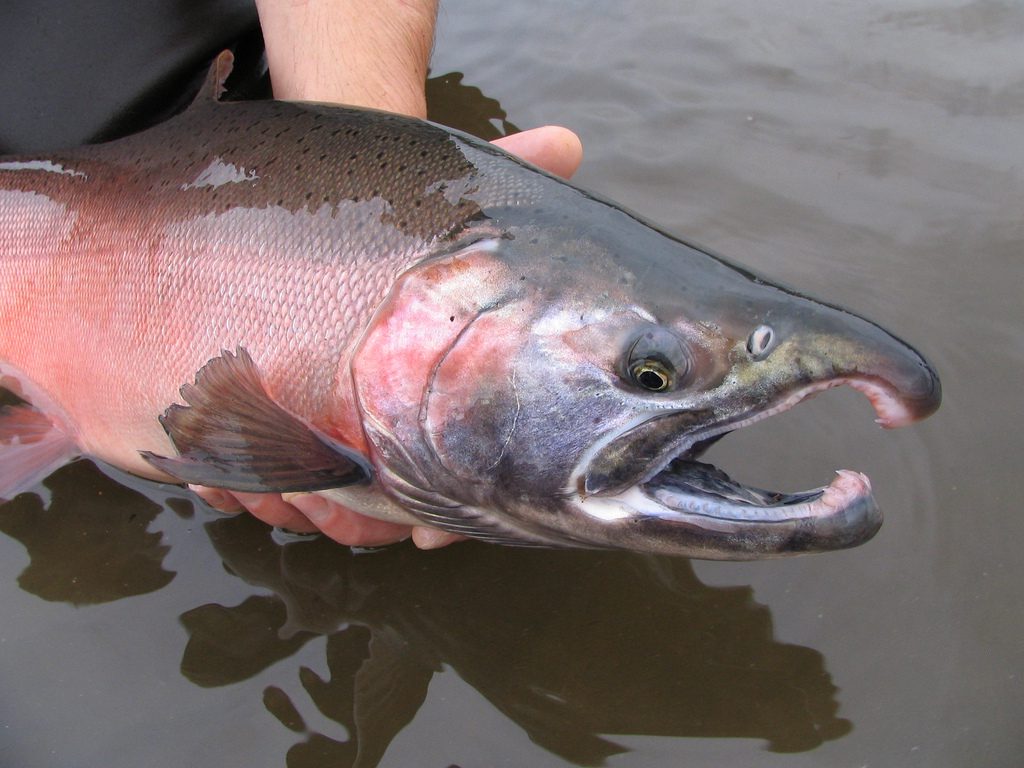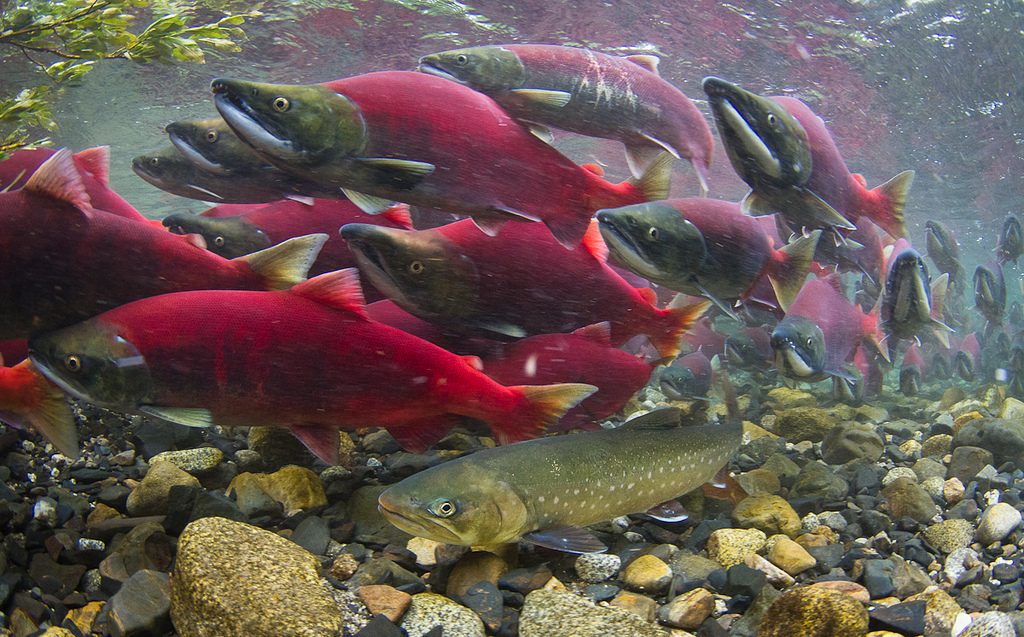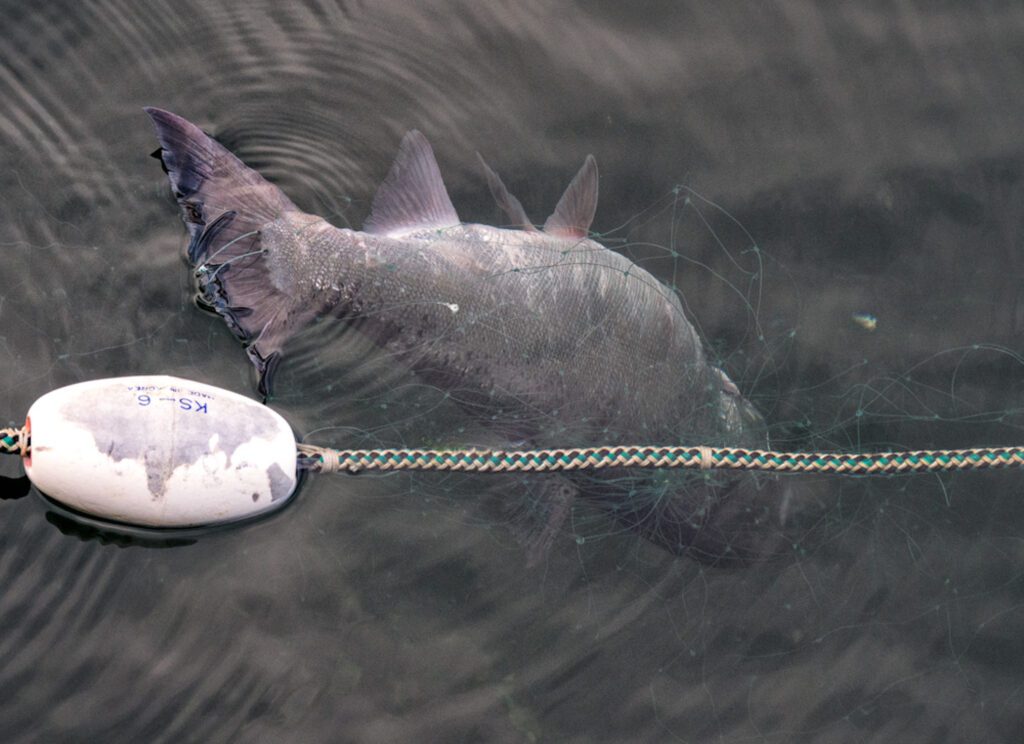For the first time, centuries-old fishing knowledge from the Upper Kobuk River is being recorded.
“The knowledge that is in us, in our brains, has not ever been written,” said Virginia Commack, Tribe Manager for the Native Village of Ambler, “not even the elders, we learned it from, which is like 500 plus years old. I’d say it’s a 1,000 or more years knowledge that we’ve never been able to write down to pass onto our children.”
Commack said the transcriptions will contain holistic traditional fishing knowledge—how to harvest and process fish, how to observe fish habitats and populations, and how to safeguard the Upper Kobuk.
“Our people used to be the real stewards of the land and the waters,” said Commack. “They used to teach us how to keep everything healthy—from the smallest fish to the largest fish, from the smallest animal to the largest animal. That kind of stuff has never been written.”
The documents will also include decades of fish surveys and inventories collected by the Ambler community and the Alaska Department of Fish and Game.
Commack said all the information will be reviewed by the community’s elders and then distributed to the youth in the form of CDs.
This initiative is being funded by a $39,942 grant from the National Park Service Historic Preservation Fund.
Mike Litterst is a spokesperson for the NPS. Explaining the purpose of the fund, he said, “The National Parks Service distributes these grants to Indian tribes, Alaska Natives, and Native Hawaiian organizations to help them preserve significant tribal places, culture, and tradition.”
For Ambler, Commack said, the traditions recorded through the grant will be used to protect fishing hotspots and uphold the wellbeing of the river.
“We need to know the health of the fish,” Commack explained, “because it’s one of the main diets of our people, besides the caribou, the moose, the bear, and other animals that we eat. It’s food on our table. It’s survival of our people, physically. “
Commack said fish, especially sheefish and salmon, can compose up to 75-percent of the community’s diet when land harvests are poor. And Commack said, in Ambler, where a quart of milk costs five dollars, maintaining subsistence resources stretches beyond cultural preservation to economic necessity.
“A lot of us cannot afford even a whole month just eating off of the local stores,” said Commack. “It’s very expensive up here. And not only that, we’re used to eating the fish, the meat, the caribou, the seasonal food that we get in our area. We’re used to those, and our diet has to continue that way to be physically healthy.”
Commack said the goal of the project is to preserve subsistence resources beyond seven future generations.







